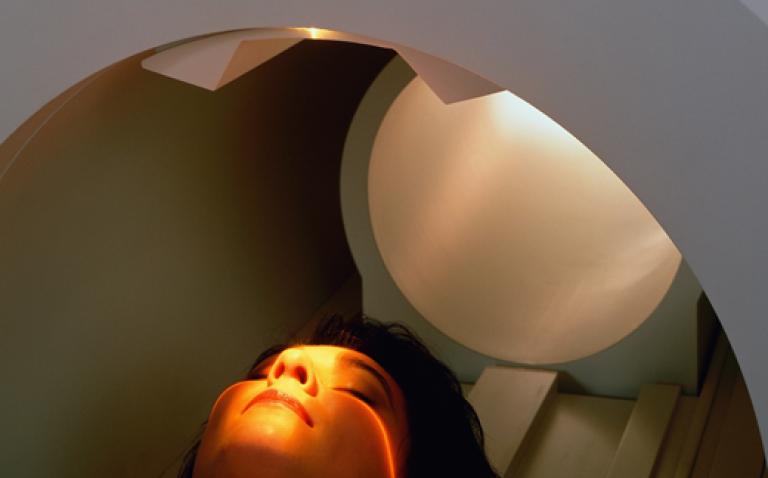A team based in Vienna has established a time-saving and efficient strategy for identifying important protein structures in cancer cells.
A key feature of this new strategy is the combined use of systems biology and clinical findings. This involved using a programme, developed in-house, to compare and analyse publicly available data on important ovarian cancer proteins.
As a result, it was possible to review the large number of altered proteins that appear in cancer cells and identify those that are potentially suitable for diagnostics and therapy based on immunological approaches.
Cancer cells can provoke an immune response in the body. These responses are caused by proteins that are either unique to cancer cells or adopt a different form to that found in healthy cells. Numerous surface structures of these proteins – or antigens – offer points of attack for the immune system, even if they only rarely enable the tumour to be eliminated.
As a result, the antigens are an ideal focal point for cancer diagnostics and therapy. However, it is crucial that scientists can identify precisely which of the numerous surface structures are responsible for initiating an immune response in patients.
This is precisely the subject of a new strategy based on ovarian cancer, published by a team of scientists under Professor Michael Krainer, oncologist at the Department of Internal Medicine I, Medical University of Vienna, (MUW). The strategy is the result of collaboration between doctors at MUW and scientists from the Austrian biotechnology company emergentec biodevelopment.
Having analysed relevant literature and identified a total of 86 proteins that are purported to occur in high concentrations in cancer cells, Prof Krainer’s team selected the 31 proteins with the highest concentration.
The immune reactivity of these proteins was then tested using blood serum from ovarian cancer patients. The aim was to establish whether they provoke an immune response in the patients. In this instance, it was clear from the test results that an immune response did indeed occur between the proteins and the blood serum.
To ensure that the selected test (an ELISA Assay) could be performed accurately, it was crucial to identify in advance which antigens had the potential to provoke an immune response in the patients.
On the antigens (also known as epitopes), Prof Krainer said: “The use of intelligent computer algorithms is essential when seeking to identify clinically relevant epitopes. Each protein has several surface structures, but only a small number are relevant.
If the wrong epitopes are tested it will not be possible to identify the immunogenicity of the protein in question, even though it does exist due to other epitopes. We used a programme that draws on an analysis of large volumes of data from experimentally verified B-cell epitopes. Their structures are known and have already been analysed.
“Using neural networks, our programme can now make predictions about the immunogenicity of new protein sequences – with outstanding accuracy!”
Prof Krainer’s team has been able to identify 18 epitopes from 12 proteins that reacted to serum from the patients. If these epitopes were ranked by their reactivity, TP53, which is already known to be a cancer antigen, would come high up the list. This provides clear evidence of the accuracy of the algorithms used, which also identified an epitope of a protein that has not previously been considered an antigen, or even linked to cancer: RNA helicase DDX21.
Another approach used as a control by Prof Krainer and his team was far less successful in predicting the correlations between epitopes and immune response. This analysis looked at all 86 of the previously identified proteins that occur in elevated concentrations in ovarian cancer cells.
The characteristics of these proteins were then carefully compared with specific data (SEREX data – serological expression cloning analysis) from known autoantigens in cancer cells. In contrast to the approach detailed above, this analysis failed to find any link between overexpression and the immune
responses of the patients, even though this had been proven for at least 18 epitopes via the ELISA test.
Prof Krainer sees this as proof that a combination of database information, intelligent computer algorithms and experimental measurements can produce a time-saving and efficient means of helping scientists to identify the surface structures on cancer cells that could be used in clinical applications.
Consequently, this new strategy is an important contribution to the development of effective products for diagnosing and treating cancer based on immune reactions.










